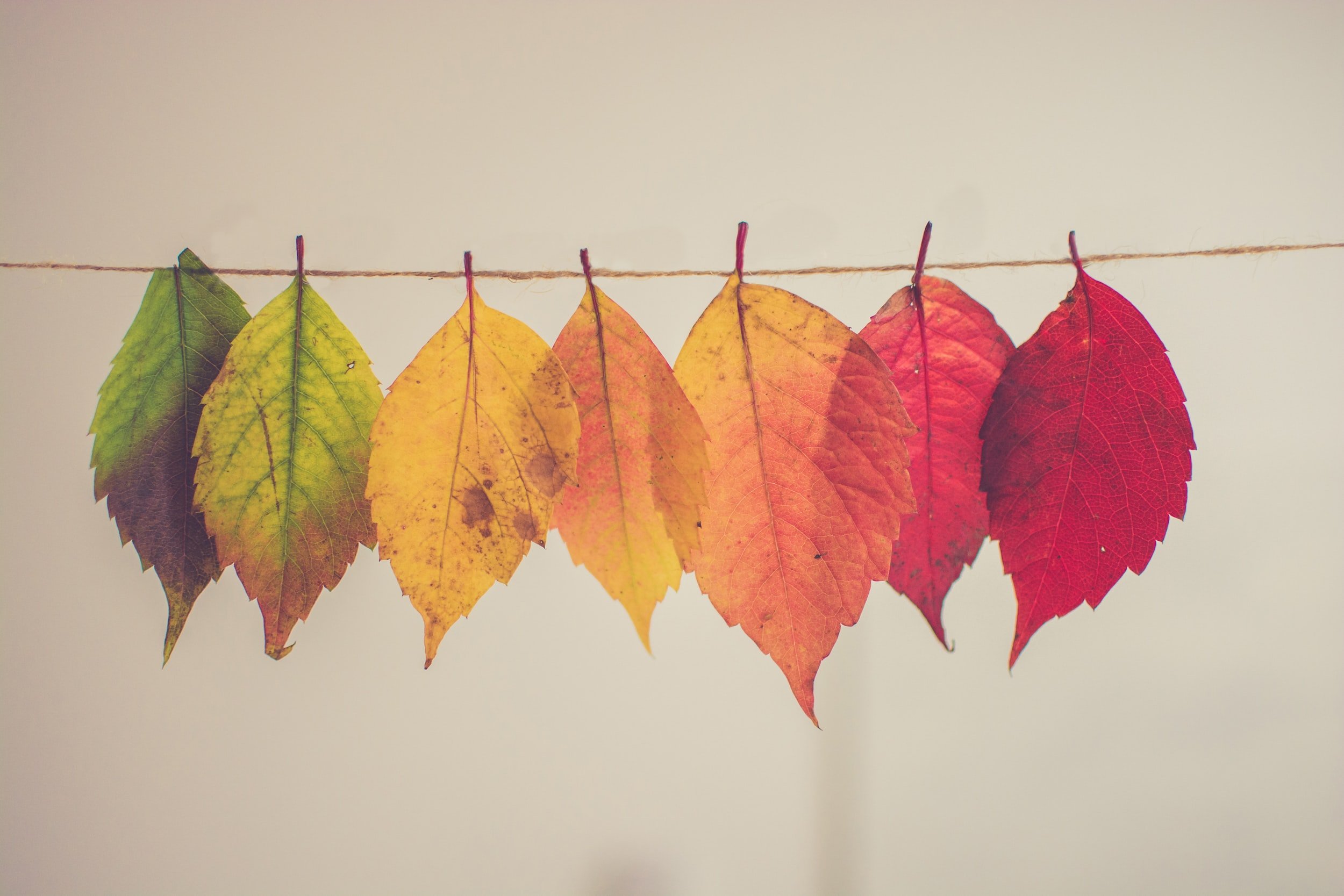Baby Bare Washing Instructions
-
There are many options for preparing your cloth nappies for first use. It's very important that your nappies have been thoroughly washed before they are worn for the first time.
Your fabrics will become more absorbent over their first few washes. To maximise the absorbency, you can prepare your nappies. Firstly, put them in the laundry tub, or a bucket of hot water from the tap. Soak them overnight. Then in the morning, wash the nappies on a normal wash cycle with a rinse. The cycle temperature should be 30-40. Use a full dose of detergent as specified on the detergent instructions.
If you choose not to soak overnight, that is fine. It will take a few washes for your nappies reach their most absorbent, but they are still very useable after their first wash. Just keep in mind that they may not last as long on your child for their first few uses.
-
Wash your cloth nappies on a cycle of 30-40 degrees with the recommended amount of a detergent that does not have softeners or bleaching agents. Be sure to follow the instructions on your detergent.
Do a rinse at the end to help remove any extra detergent or leftover waste still in your nappies.
Hang nappies in the sun. Avoid using the dryer.
Do not leave nappies longer than 48 hours before completing a full wash on them. Nappies left longer than 48 hours will not be covered under warranty for signs of deterioration.
If your nappies do not look clean or develop smells we recommend changing your detergent, washing on a warm cycle, using more detergent and ensuring there is enough water being used in the cycle. Many front loaders do not add enough water to the cycle. Be aware that nappies showing signs of stains and poor wash will not be covered by warranty as this is a sign of inadequate care.
Depending where you live, or the inevitable wet and cold of winter, you may need to use a dryer for your nappies. Although, we recommend you avoid it as much as possible.
If you must use the dryer make sure you take the following into account:
Inserts: Inserts can go into the dryer, even on a hotter setting. You may even want to throw your nappies in for ten minutes after a day of drying to make sure they are really as dry as possible.
Nappy Shells should not be placed in the dryer. This will VOID your warranty.
-
Never use bleach. This will VOID your warranty.
Do not soak your cloth nappies.
Do not use fabric softener. Our nappies will stay lovely and soft without it, and it will make your nappies work less effectively.
Do not use zinc based creams without a nappy liner. Creams will block the fabric and reduce its absorbency. A great cloth nappy safe cream is CJ's Butter. Alternatively, there are lots of options on the market for creams that will easily wash out of your nappies..
-
Rinse nappies after use to dilute the urine in them. Your child's wee will eat at the fabric and elastics, overtime eroding your fabrics.
Do not wash them on hot or put the shells in the dryer. Heat will erode the elastics and effect the waterproofing on your nappy shell. Putting covers in the dryer is also extra strain on the nappies as they are pulled at and tossed around, once again stretching your elastics.
Have a larger stash so there are more nappies sharing the lifetime wear and tear. Washing them less often will make your stash of nappies last longer as a whole. Consider if you had a t-shirt or pair of pants you washed every second day for two years - that’s 365 times through the wash and thousands of hours sitting in the sun to dry. It would be in a terrible state after 2 years. Reducing the number of washes by 1/3 or 1/2 will mean your nappies will stay looking great for longer and are more likely to last out to toilet training.
Follow our washing instructions. The wrong process of cleaning the nappies has the potential to drastically reduce the useful life of your nappies. The washing process can add a lot of wear to nappies.



